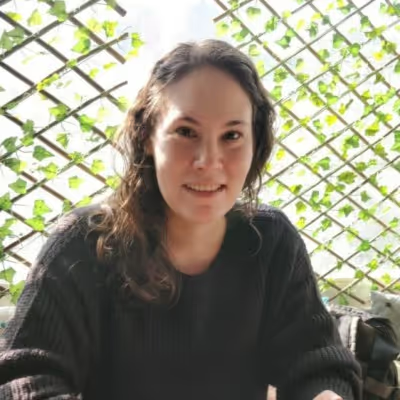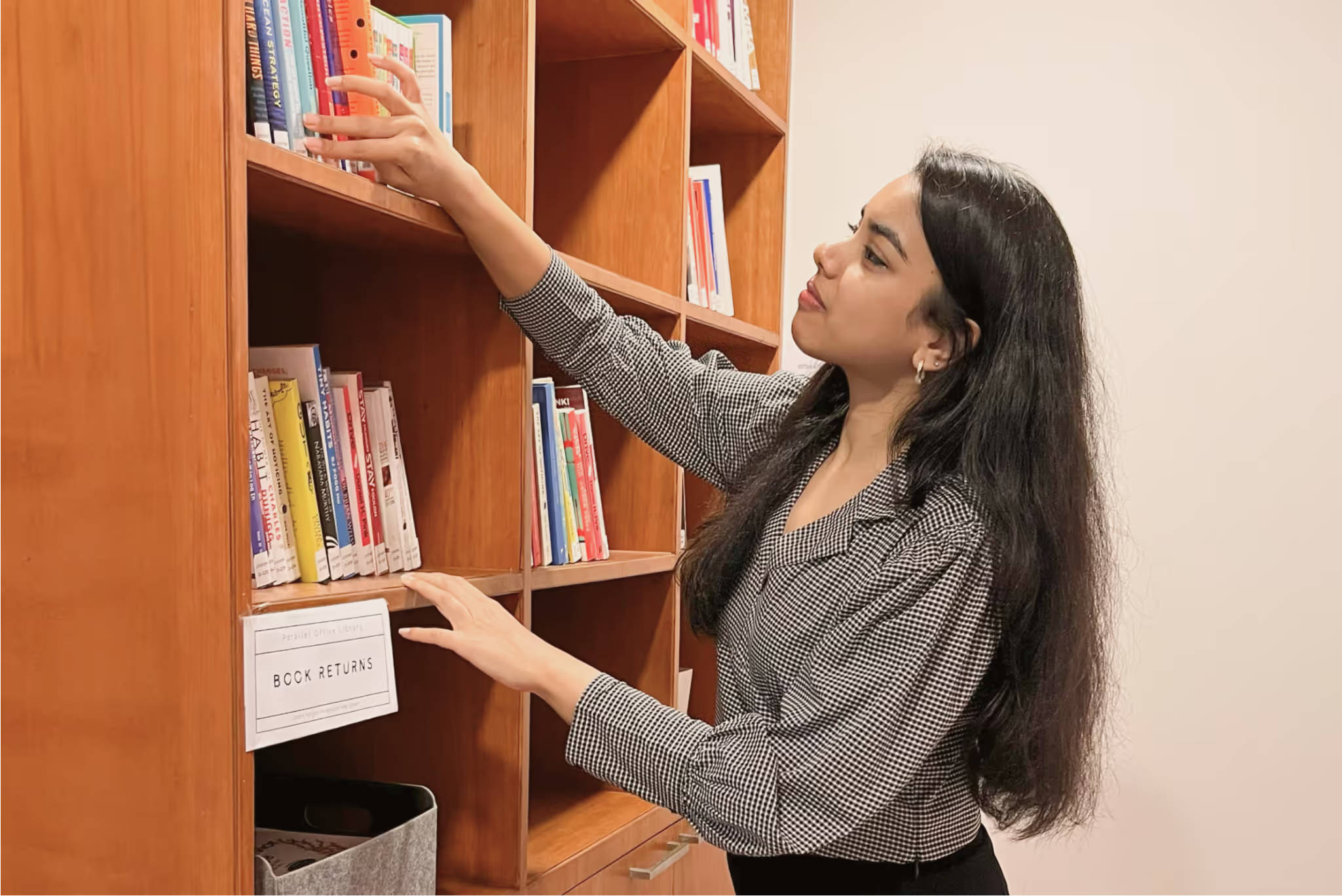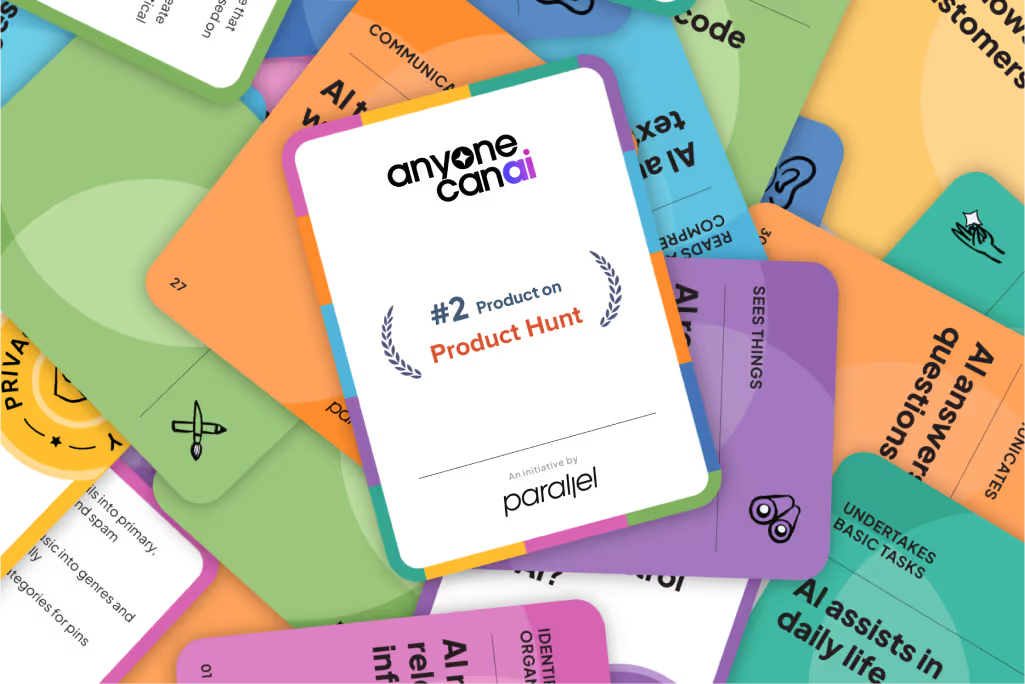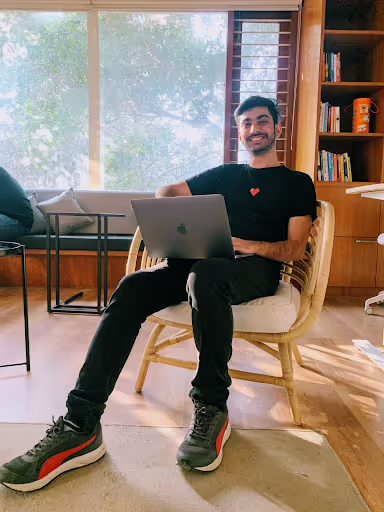Reimagining DigiLocker's Product Experience: A Design Sprint Case Study
We used Design Sprints to completely reimagine the DigiLocker app and bring it to the top of the App Store charts. Here's how we did it.

Despite having over 35 million users, the government's DigiLocker app was completely misunderstood. We ran a Design Sprint to reimagine DigiLocker's product experience and change these perceptions.
In 10 days, we were able to create and build a high-fidelity prototype, test it with real users, iterate on the feedback we received, and validate our new product experience.
We got great feedback from users. No surprise — DigiLocker topped the App Store charts this month!
Here's a day-by-day breakdown of how we worked with the DigiLocker team to go from a set of open problems to revamping the entire product experience in just 10 days.
Transcript
TIMES OF INDIA: DigiLocker is a cloud-based, online repository where you can save and authenticate important documents such as your driving license.
PEBBLES LIVE: Passport से लेके और driving license तक और car registration से लेके, जितने भी documents आपके हैं वे सारे के सारे documents यहाँ पे आ सकते हैं. [From passport to driving license to car registration, all your documents can be added here.]
PIB INDIA: A significant medium for the government and [it will] enable it to send you e-documents in a secure, safe way.
PEBBLES LIVE: Storage facility है जो Government of India ने दी भी है और वे आपके सारे documents online कर देते हैं. [The Government of India has provided a storage facility where you can put all your documents online.]
PIB INDIA: The need of the hour is an online document-sharing system that is authorised by the government.
In spite of having 35 million users, most people did not understand what the DigiLocker app was supposed to do, even after installing it. In this video, we'll show you how we worked with the DigiLocker team to redesign the entire product in a matter of 10 days using Design Sprints.
Getting started > being right
At Parallel, we strongly believe that getting started is more important than being right.
In a product with 35 million users, the first thing that might come to most people's mind is that we need to re-understand users. We need to spend a lot of time trying to do research on that.
The idea of doing rapid experiments and taking it to real users to learn from them is something that we believe in more than doing months of research.
Before the Design Sprint
The first thing that we did is spoke to all key stakeholders and tried to understand, what are the key problems that users are facing?
It was very interesting to note that three things really stood out.
The first thing — most people confused DigiLocker for an app to store documents.
The second thing that we realised is onboarding was broken. People were really struggling to go from signing up on the product to getting their first document.
And the third thing that really stood out was, people thought that DigiLocker is only for ID cards, and not for many other things.
Now let's look at how we solved this problem.
Day 1 of Design Sprint
The first thing that we do is run an alignment workshop with the team, which strikes at the root of the problem most companies struggle with.
It starts by bringing the entire team together on the biggest problems that the product is facing. Then it converts them into something we call "How Might We" Statements, which are a prioritised set of opportunities for us to solve in the product, which actually work as a guiding thought for us throughout the sprint.
At the end of the session, we have a very clear set of problems to focus on, we have sprint questions that we use to run user tests, and we have mapped all the challenges on the user journey. That will help us start focusing on areas where there is the maximum problem.
Now, when we have a very clear set of problem statements to focus on and the entire team is aligned on that, we start working on solving them. The idea is to come up with as many solutions as possible, which cater to the specific problems that we have aligned on.
Everybody is a designer
At Parallel, we believe that everybody is a designer. In a Design Sprint, we make everybody, right from the management to people who are developing the software to people who are working on the customer support, be part of the team which is actually coming up with solutions.
They're obviously freaked out when they hear that they have to sketch and come up with new solutions. But, by making the process fun and engaging, we slowly ease them into the process of coming up with solutions and creating sketches. What we have seen in almost every Design Sprint, including this one, is some of the best solutions always come from people who are not designers by profession.
Day 2 of Design Sprints
On the second day, the idea was to look at all the solutions that have come up and converge on the ideas that we wanted to take forward, and create the final prototype for the DigiLocker app.
We do this by creating an Art Gallery, where all the sketches are spread out and people can slowly move around the room and look at them. In multiple rounds of prioritization by note-and-vote, we end up aligning with the key ideas that the entire team believes in and wants to prototype and test with real users.
After this, we take these ideas and create a really detailed storyboard, which has all the details that will be used in creating a prototype.
Day 3 of Design Sprints
On the third day, the product team went away, and our team worked on creating the prototype from the storyboard.
In one day, we went from those sketches and storyboards that you saw to creating this really high-fidelity prototype that will be tested the next day with the users.
Day 4 of Design Sprints
PARALLEL TEAM: We are just testing the design in this process. We are not testing you, so feel free to play around with the design.
On Day 4, we took the prototypes to actual users and started seeing how they're interacting with what we have just created this week.
The idea of this testing is to not just figure out where the problem is, but why is the problem [there]? Why are people reacting in a certain way? And use those insights to make the product better after that.
So in one week, we went from having broad product problems and challenges to creating a high-fidelity prototype and then testing that with real users.
What happens typically is, some things work really well...
USER TESTER: What I am thinking from this screen, that you know, my Aadhar and driving license have been uploaded, and PAN and ID is yet to be uploaded.
And there are some things that don't work so well...
USER TESTER: Does it get stored on its own, or do we have to save it [each time]? How does it work?
PARALLEL TEAM: Okay, so far it isn't clear to you?
Iteration Week
Which is why we have an Iteration Week, where the idea was to make the prototype even better, using the insights that we gathered from the first week.
We did that by doing another half-day workshop with the core stakeholders. The only difference was, this time we did it remote using Miro.
Day 7 & 8 of Design Sprints
On the seventh and eighth day, the team again went back and created a completely new prototype. This time, it was more polished, had more details, and we tried to solve everything that did not work out in the previous week.
Day 9 of Design Sprints
On Day 9, we tested the product again with five users. The idea behind this round of testing was to gain more confidence that we have really nailed the product and solved all the problems.
Day 10 of Design Sprints
And on the tenth day, we were ready to start building a new DigiLocker app.
So this is how we went from discovering a set of open problems that the product has to revamping the entire product experience in a matter of 10 days using design sprints.
Loved this video? Subscribe to our Youtube channel to get all the latest videos.
Looking for more information? Check out the full case study.


.avif)










